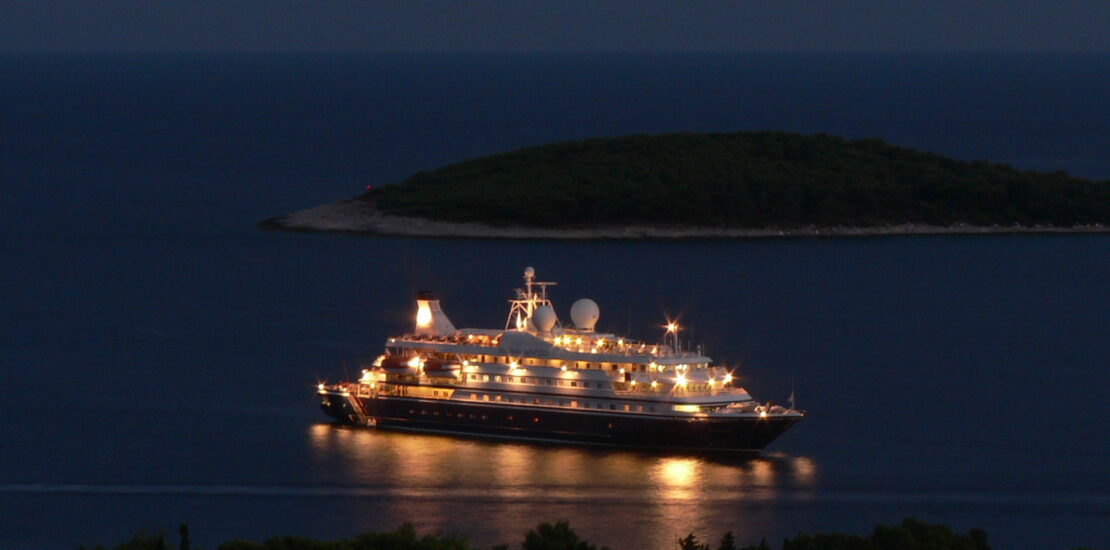- September 8, 2022
- Posted by: Olivia Sandiford
- Category: Tourism

Determinants of Cruise Passenger Onshore Spending
There are a plethora of factors that can determine cruise passenger onshore spending. Tourists often shop while on holiday because they feel an urge to take a reminder of the trip home with them, such that they may even make frivolous purchases (Gordon, 1986). In this article, we explore five factors that determine cruise passenger onshore spending:
1.Psychographics
Psychographics is the study and classification of people according to psychological factors such as attitudes, lifestyle, personality characteristics, behaviours, habits and interests. Wang, Rompf, Severt and Peerapatdit (2006) conducted a study in which they explored at length how psychological variables such as a traveller’s evaluation of trip, holiday and vendor along with psychological characteristics, such as trip motives and taste affect tourist expenditure. They found that psychographic factors had a significant impact on expenditure.
Many other researchers also advocate that there is a link between tourist spending and psychological factors. Chhabra, Sills and Rea (2002) claim that enjoyment has a positive effect on expenditure. Perez and Sampol (2000) found that traveller perceptions of a trip can have an impact on their expenditure, with those who perceived the holiday as a positive experience spending over 30% more than tourists who felt they had a bad holiday.
In a study conducted in Jamaica, Henthorne (2000) found that passenger perceptions of friendliness or aggressiveness of business vendors can also impact the likelihood of them making a purchase, with cruise passengers more likely to spend with vendors whom they perceived as friendly. Mehmetoglu (2007) found that tourists who travel for ego or status enhancement are more likely to spend than persons travelling with other motives.
2.Demographics
Demographics is the segmentation of a population based on factors such as age, gender, race, ethnicity, education, income, marital status and sexual orientation. Some researchers posit that demographic factors such as age and spending power affect cruise passenger spending. For example, Henthorne (2000) find that older passengers are more likely to spend than their younger counterparts.
3.Time
Time is also recognized as a factor that affects cruise ship passenger spending. Henthorne (2000) found on conducting an analysis of cruise passenger onshore spending in Jamaica that the length of time a passenger spends shopping in the local markets has a significant impact on the amount they spend. The longer visitors are kept occupied in local shops, the more likely they are to spend. Klein (2008) also examined the impact of time spent in port on cruise passenger onshore spending and found that the limited time afforded to passengers reduced their spending opportunities at the destination visited.
4.Destination Attributes
Cruise ship passengers shop for items such as souvenirs, jewelry, clothing, electronics and duty-free goods. Aksoy and Kiyci (2011) argue that destination attributes such as quality and types of food and shopping can influence travelling decisions, with common touristic features such as food, special events, shopping, attractions, and activities significantly influencing the competitive positioning of a tourist destination. Factors such as prices, quality and variety of products can affect cruise passenger onshore spending (Pinnock, 2012). In his research, Pinnock (2012) attributed low cruise ship passenger spend in the Caribbean to lack of variety and lack of availability of unique products, noting that most local shops carry the same line of products and do not offer a wide variety to cruise passengers and there are few local authentic products of high quality.
5.Competing Cruise Ship Goods
It is also important to consider that competing goods, services and amenities provided by cruise ships have the potential to affect passenger decisions to spend at the destination, as passengers can obtain similar products onboard the cruise ship (Weaver, 2005). Cruise ships provide services which compete with the destination port of call and can result in passenger decisions to stay onboard instead of venturing onshore at the port of call (Huijbens, 2015). As such, it is important for port authorities and other stakeholders who are involved in management of the destination to understand the dichotomy of cruise ships as source of revenue while at the same time being a source of competition.
Further Exploration of Cruise Passenger Onshore Spending
There are many ways in which factors that affect cruise passenger onshore spending may be examined. Within these several approaches include frameworks for examining motivation, destination related attributes attracting tourists, macro-level policy, and micro-economic modelling of tourism demand.
